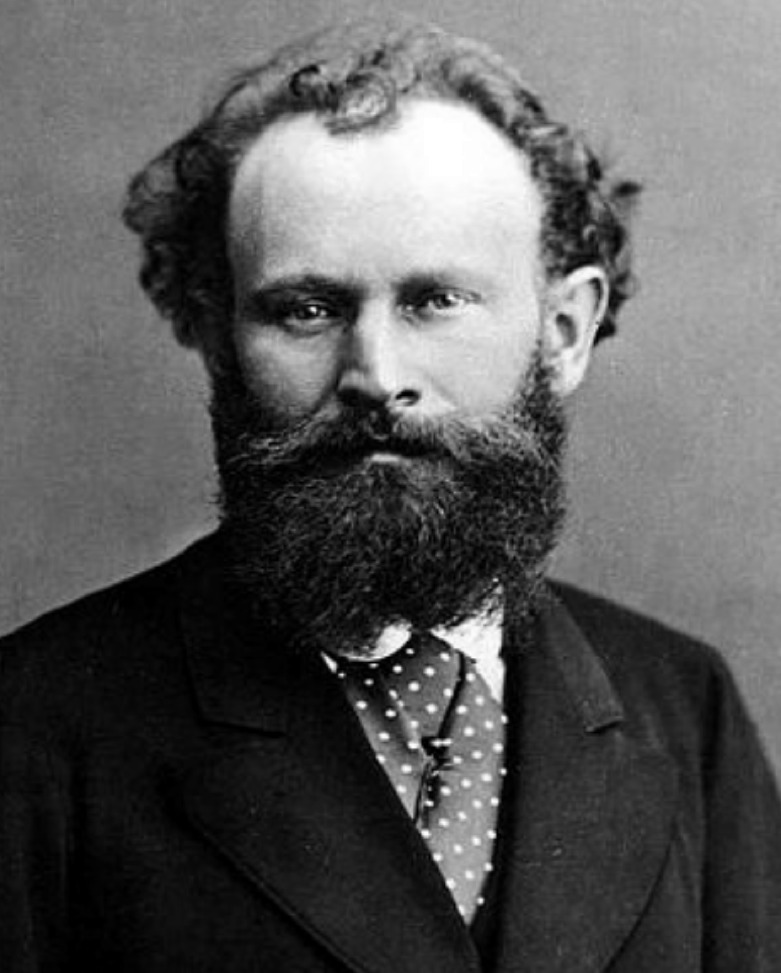Facts about Edouard Manet
Edouard Manet Biography
Edouard Manet was a French painter of the late 19th century, a link between realists such as European masters such as Rembrandt and modernists such as Claude Monet.
The son of a magistrate, Manet spent a short time as a sailor before returning to Paris to study art in the 1850s. He sought approval from the French Academy and the Salon, but instead got scandal, mockery and notoriety for his subject matter as well as his technique.
Manet’s commonplace nudes in Déjeuner sur l’Herbe (1863) and Olympia (1865) caused a dust-up for depicting contemporary scenes with a grandeur and significance previously only afforded to historical and religious themes.
His portraits were criticized as “flat,” but Manet’s realistic The Fifer (1866) included a blank background that was a harbinger of modernism.
Being shunned by the establishment made him somewhat of a father figure to Monet and the other Impressionists, with whom Manet is often associated.
He also had strong support from intellectuals, including Charles Baudelaire and Emile Zola, but public notoriety and respected friends didn’t help Manet sell paintings or gain approval from the Salon.
By 1880 he was finally in a position of respect and renown, in England and America as well as in France. He died in 1883 at the age of 51, weakened by syphilis and embittered that it took two decades for official recognition.
His famous paintings include The Absinthe Drinker (1859), Boy With a Sword (1861) and A Bar at the Folies-Bergere (1882).

